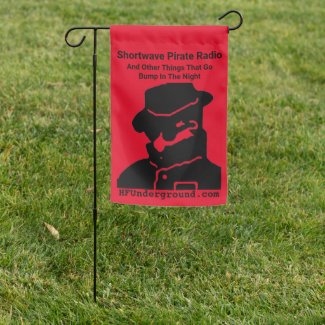Oh, it's useful all right - in the event of an emergency, when all other means of communications are down, hams everywhere will still have the ability, no matter what, to talk about how their bursitis is acting up again, how those rioters downtown have no respect for their elders, and how much noise is being made all over the band by these "new guys" who can't possibly be real hams because they didn't have to pass a code test. In bare feet. In the middle of winter. Uphill. BOTH ways!
Having lived in central Texas, where storm spotting is taken seriously, I got my start with "real" skywarn reports, formalized emergency net etiquette, etc. Now here in South Carolina, I was amazed to hear what counted as a storm spotter's report, given during what was identified as a net: "Well, it was rainin' real good out here a little while ago, and the wind blew down a few sticks in the yard, but it looks like it's done now." This from someone who had supposedly taken a storm spotting class a week or two earlier. You'd be able to get better, more accurate information by sticking your finger in the air and guessing than to rely on these guys for accurate emergency traffic.
Of course, aside from issues of cell site saturation, the fact remains that most cell traffic these days (and probably regular landline voice service as well) is handled by the same data backbone that moves regular Internet traffic around. Or at least that's what I was led to believe when I was working at Ericsson and doing satellite uplink services. If that's the case, then a "kill switch" thrown in the interest of national security would have the potential ability to stop or impede normal communication routes as well as Internet data traffic.
Gosh, that basket sure has a lot of eggs in it...



